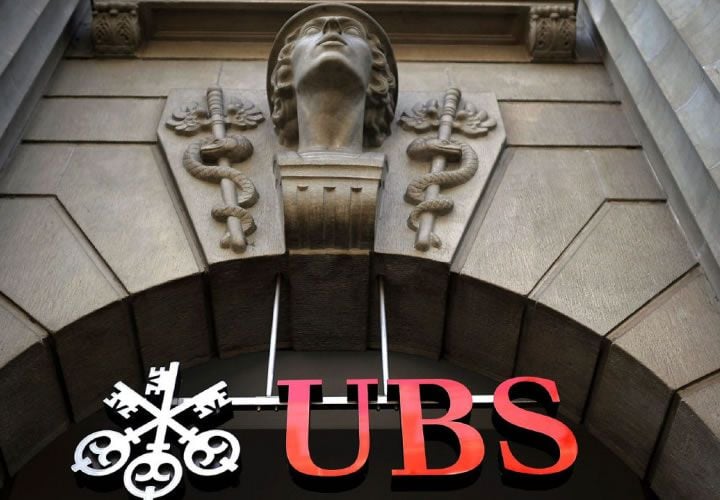UBS: Forecasting Euro/Dollar Advances Post-FOMC
- Written by: Gary Howes
Content provided by eFXnews.

UBS Global Macro Strategy are bullish on the euro to dollar exchange rate following the April Federal Reserve policy meeting. In a note to clients UBS say:
The US Federal Reserve managed to fly under the radar in April. The April FOMC statement was broadly in line with expectations.
The headline-grabbing line was that the FOMC no longer called out the risks posed by "global economic and financial developments", but upon closer inspection, the Fed simply said it will now "closely monitor" those developments.
This revision likely reflects the recent improvement in financial conditions, much of which we would attribute to Fed policy. "Policy relief" narrative remains intact…
Consistent with the view that trade-weighted dollar has peaked.
In FX, we have been arguing that the dollar has peaked against DM currencies, the euro in particular, and we remain bullish EUR/USD.
Fair value models indicate the euro is still cheap, and with Euro area and US growth continuing to re-synchronise, we forecast a grind higher to our year-end target of 1.16.
Our view that the dollar has peaked does not extend to EM currencies, where our EM strategists remain bearish.
Although a dovish Fed can delay EM currency depreciation, they don’t think it can prevent it entirely.
In commodity currencies, we remain bullish CAD and NOK, but bearish AUD.
Cautious risk-on tone remains, but stay short EM FX as a hedge to long equities.
As we argued recently, as long as global policy remains accommodative, the risk is skewed towards:
1) stronger equity markets;
2) laggards – such as European equities and credits – catching up;
3) steeper curves with higher bond yields, particularly in Europe;
4) a flatter path for the dollar which;
5) helps commodities stabilise;
6) higher gold prices driven by easier policy; combined with
7) a recovery in inflation expectations; and, lastly
8) weaker currencies (vs. USD and EUR) in countries where policy easing is urgently required (Japan, NJA, etc.) or EMs with balance sheet pressures,